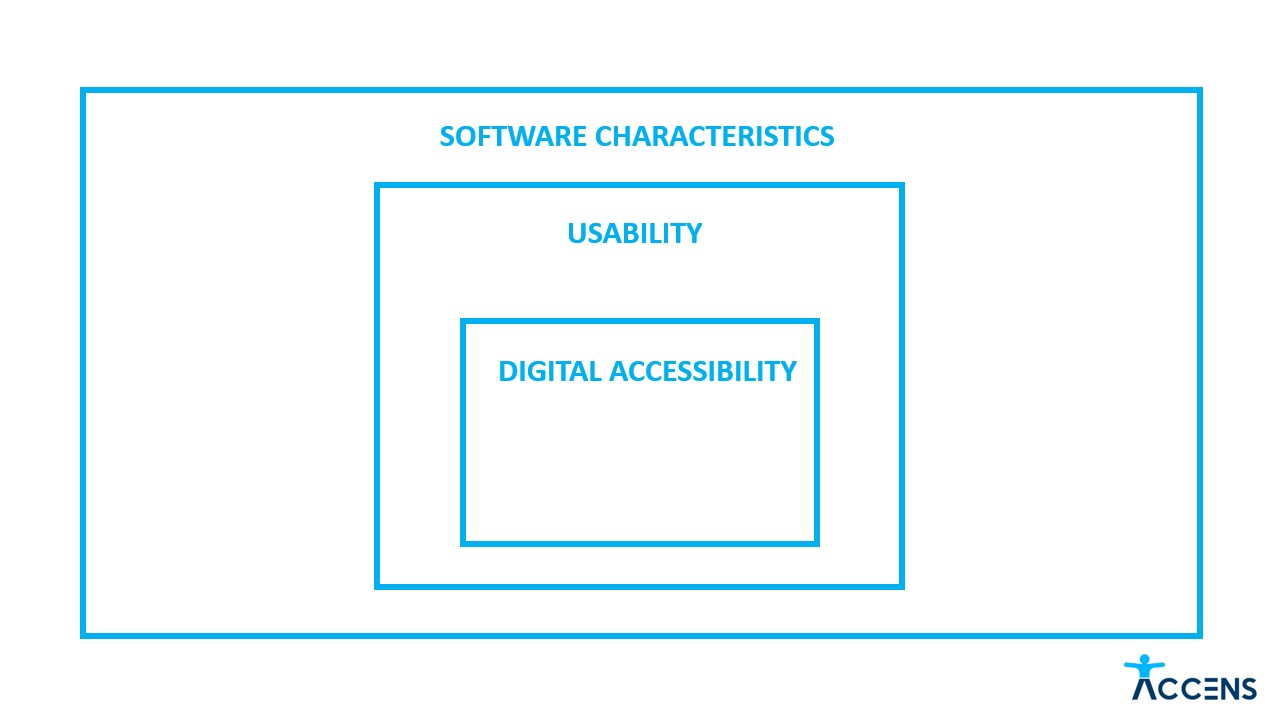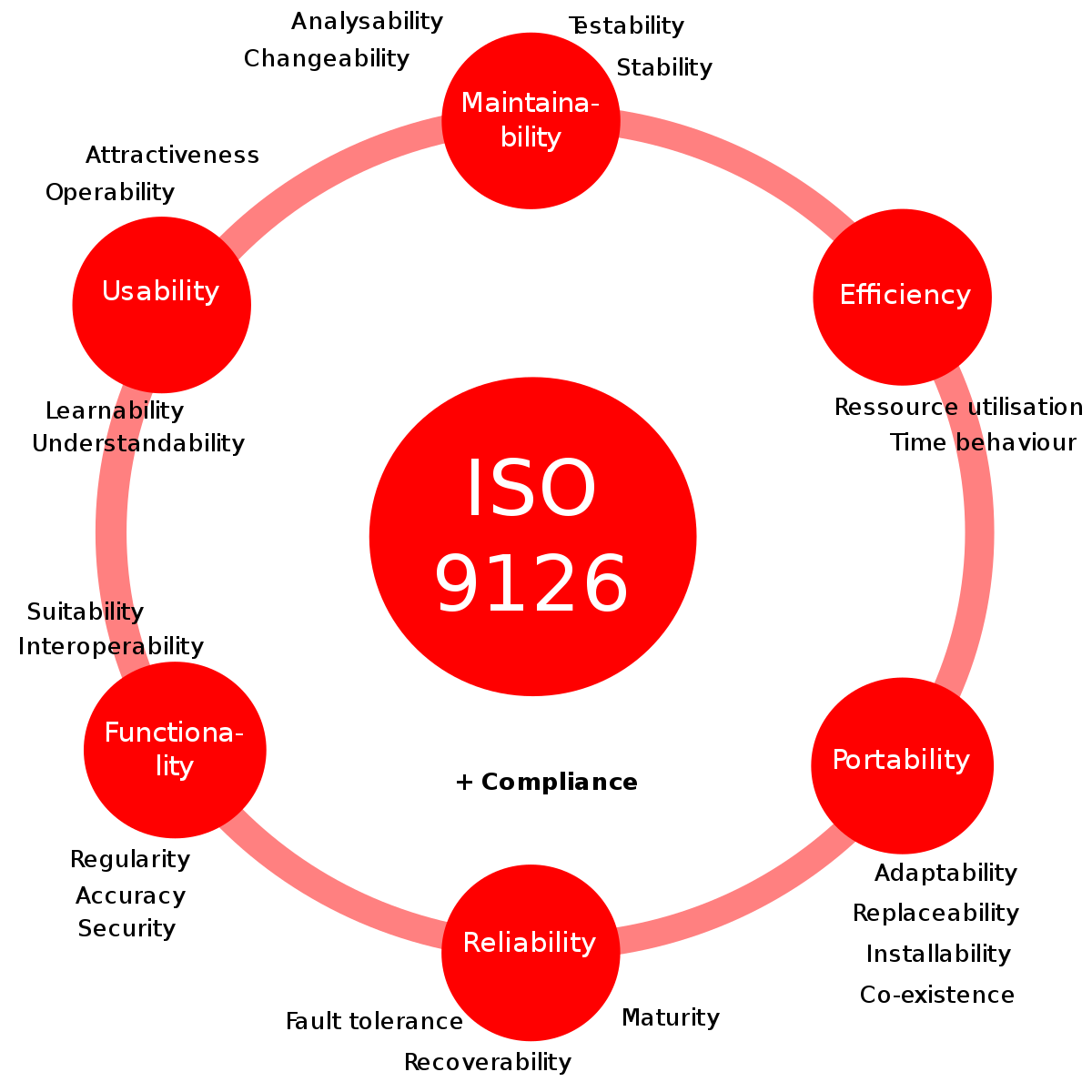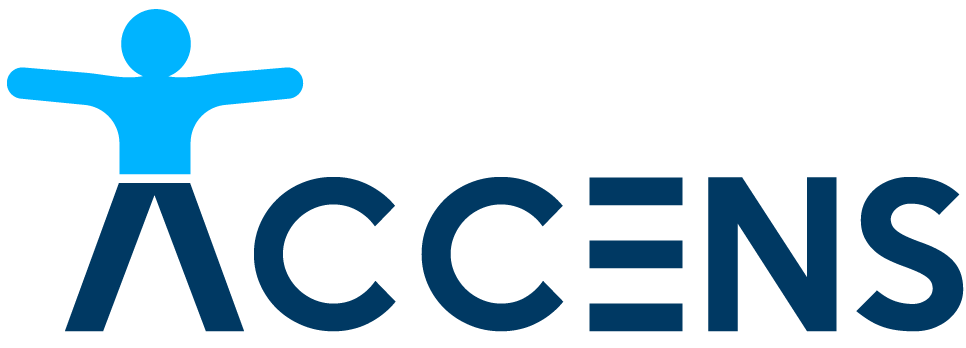Digital accessibility - definition

What is digital accessibility? What does it mean?
The popularity of the term is steadily increasing, and with it, as is usually the case, the misunderstanding of the subject is increasing. Or perhaps it would be better to write - the number of interpretations is increasing. We take a closer look at the most common definitions and.... we propose another one, our own. Why? First of all, to make it easier for you to objectively assess whether your products or services are digitally available or not. Let's go through the popular interpretations of the phrase "digital accessibility":
Wikipedia "Computer accessibility" page talks mainly about Open Accessibility Framework, which is the step-by-step process that must be in place to create accessible software.
Wikipedia "Web accessibility" page defines it as an "inclusive practice of ensuring there are no barriers..."
Definition provided by Western Sydney University says it is "about removing barriers", which also suggest that digital accessibility is an activity.
Quite confusing, isnt'it? It is pretty safe to say that digital accessibility to this day has not lived up to a clear definition. While, when you think about it, it should not be so difficult.
Accessibility is a feature, a characteristic of something or someone. A thing or person can be (temporarily) available or unavailable. A service can be available to children, adults or everyone. An "accessible" is one which is able to be reached or easily obtained, able to be used or entered by everyone, easy to understand or enjoy, possible to approach, enter or use" (after the Cambridge dictionary).
"Digital," on the other hand, according to the same source, is "using or relating to computers and the internet" So it seems reasonable and safe (especially these days) to simplify: digital = related to software.
If we agree on the above assertions, we can tentatively define digital accessibility as a feature (characteristic) of software. From there, especially for those in the IT industry, it's not far to the international standard ISO/IEC 9126, which serves as a baseline for assessing software quality. This standard was created in 1991 and is well recognized among those involved in software testing or IT quality management. Among other things, it defines software characteristics such as functionality, usability, efficiency, maintainability, reliability and portability.
The following diagram, taken from the English-language Wikipedia, shows it well (en.wikipedia.org/wiki/ISO/IEC_9126):

Admittedly, ISO doesn't say anything about accessibility, but it does pay a lot of attention to usability, that is, the ability of software to be used, understood, easy to learn and attractive to the user. Sounds familiar, right? It should, because digital accessibility is exactly the usability of software for people with disabilities. In other words, accessibility is a subset of usability! That's why we so often cooperate with usability, or user experience (UX) specialists in our projects.
Usability can be tested and measured by involving end users in testing, or by relying on principles developed by experts (e.g. Jacob Nielsen heuristics). It's identical with accessibility testing - to test whether a product or service is accessible we involve people (testers) with disabilities, while relying on standards such as WCAG, WCAG2ICT or ISO/IEC30071. This is how we came to our definition:
Digital accessibility - the capability of the software product to be understood, learned, used and attractive to the user with a disability. A software characteristic that is one of the elements (subset) of usability. Verified and evaluated through testing with real users (people with disabilities) and compliance with standards, most often WCAG.
Such a definition is unambiguous, verifiable, measurable and consistent with existing definitions that have been used in digital reality for decades. We would love to hear your opinion on it.

Dariusz Drezno
CEO and co-founder at Accens
Software testing consultant with 20 years of experience. Manager of testing and QA teams. Built testing strategies for major corporations and startups. Co-founder of KraQA, postgraduate studies and testing courses. Standards Development Stewardship Panel Member at SAR. Certified IAAP Certified Profesional in Accessibility Core Competencies (CPACC).
Enough of theoretical considerations, we invite you to join the discussion. Anyone eager to find out what digital accessibility looks like in practice is welcome to contact us, participate in our training courses or collaborate with us on all kinds of projects.
